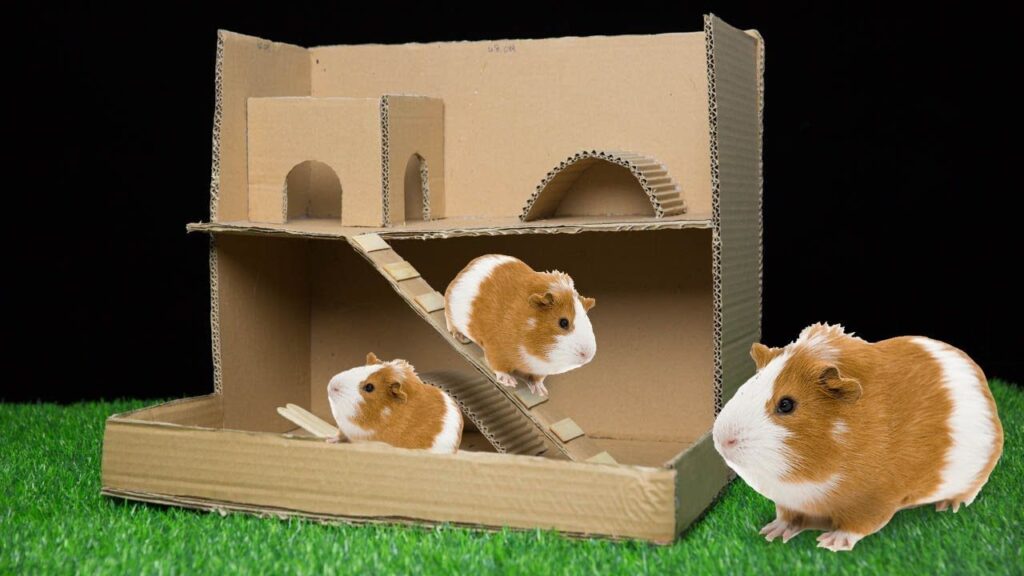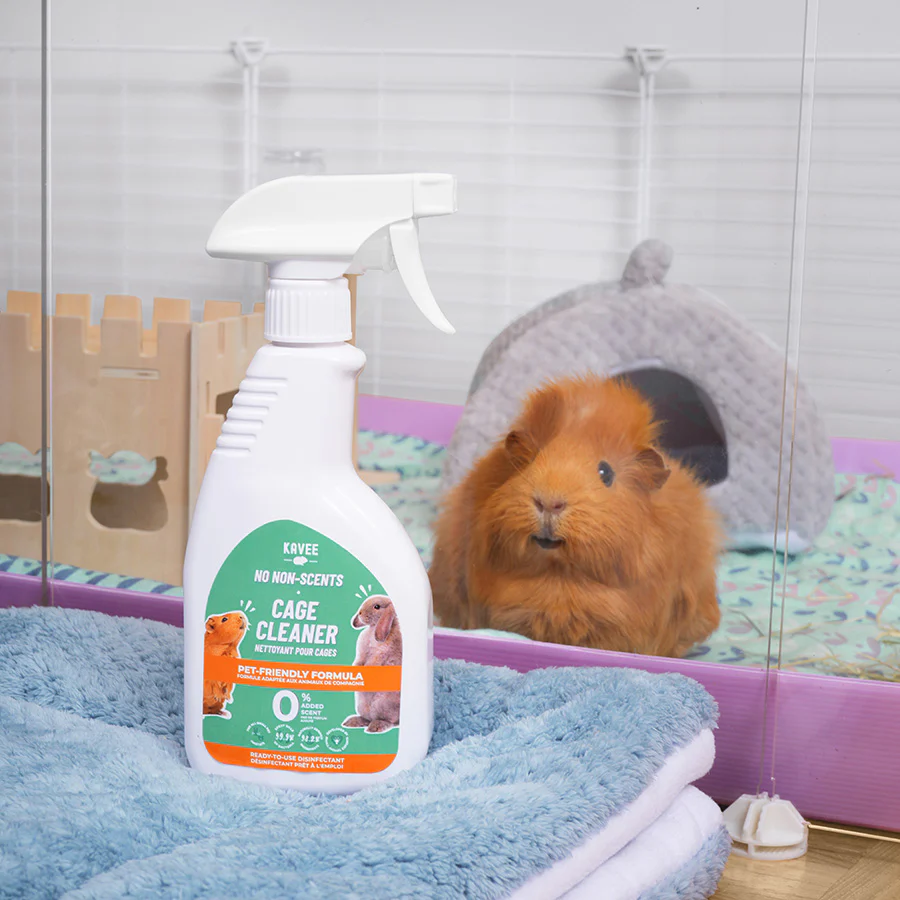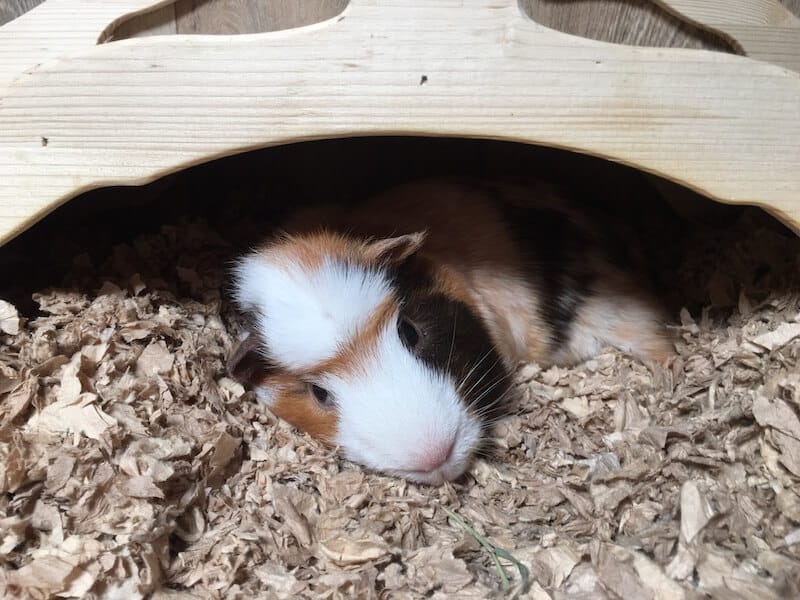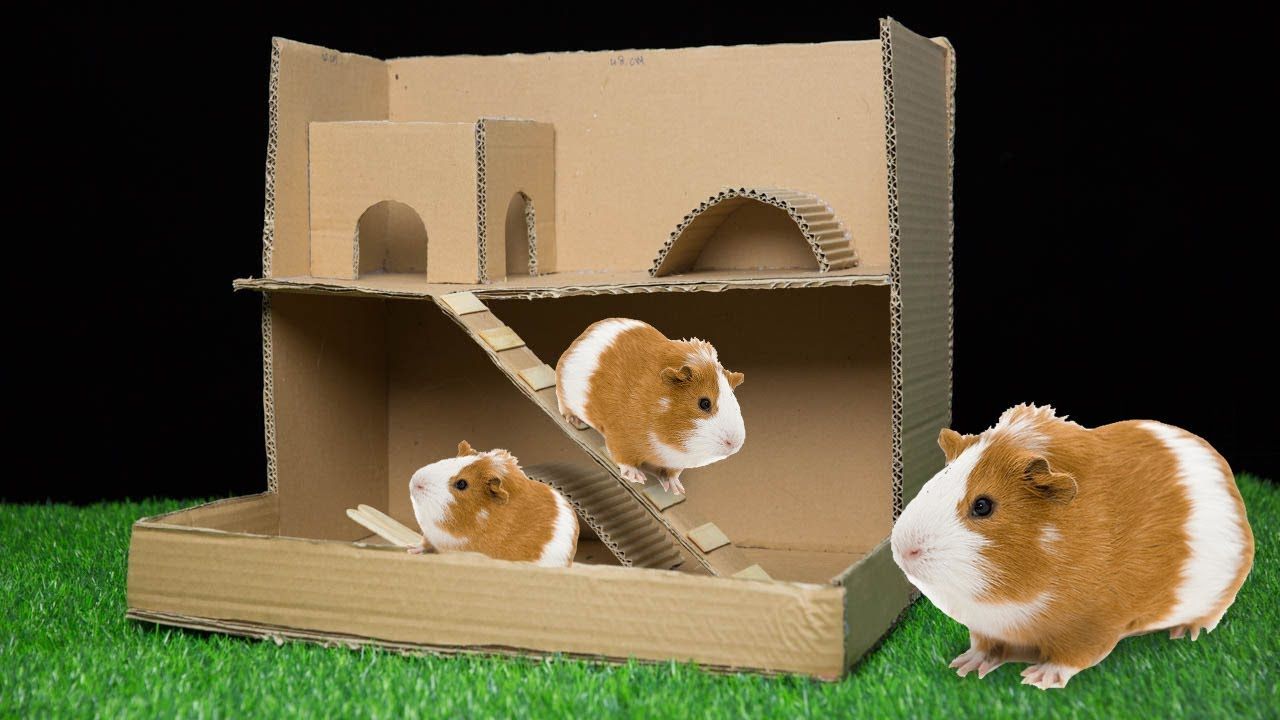You’re looking to create a fun and safe environment for your guinea pig using common household items, while ensuring the content is original and won’t harm your website. That’s a great idea! Building a Guinea Pig Playground With Household Items is both creative and cost-effective. Here’s a detailed guide, designed to be unique and helpful, focusing on safety and creativity.
Why Build a Guinea Pig Playground?
Guinea pigs are active and curious creatures that thrive on enrichment. While a spacious cage is essential, a dedicated playground offers them opportunities for exercise, exploration, and mental stimulation. This not only keeps them physically healthy but also prevents boredom, which can lead to stress and behavioral issues. A well-designed Guinea Pig Playground With Household Items encourages natural behaviors like burrowing, running, and popcorning (their joyful jumps!). It provides a safe space for them to roam outside their primary enclosure, offering a change of scenery and new smells to investigate.

Furthermore, building a playground using household items is an economical and environmentally friendly approach. Instead of buying expensive, specialized equipment, you can repurpose everyday objects, giving them a new lease on life. This creative endeavor allows you to customize the play area to your guinea pig’s preferences and your home’s available space, ensuring a unique Guinea Pig Playground With Household Items that perfectly suits your furry friend.
Safety First: Essential Considerations for Your Guinea Pig Playground
Before you start building your Guinea Pig Playground With Household Items, safety must be your absolute top priority. Guinea pigs are delicate creatures, and certain materials or designs can pose significant risks. Always supervise your guinea pig during playtime in the playground, especially when they are new to it, to ensure their well-being.
Here are critical safety guidelines:
Non-Toxic Materials Only:
This is paramount. Guinea pigs are notorious chewers. Anything they can reach will likely end up in their mouths. Avoid anything with glues, paints, dyes, or chemicals unless they are explicitly labeled as pet-safe. Natural wood (untreated pine, applewood branches), plain cardboard, and unbleached paper products are generally safe. Avoid cedar or redwood, as their strong oils can be harmful.
No Small, Chokeable Parts:
Ensure that any items used are large enough that your guinea pig cannot swallow them whole or break off small pieces that could cause choking or internal obstructions. Be mindful of strings, small plastic bits, or thin, easily splintered wood.
Stability and Sturdiness:
All structures must be stable and unable to tip over easily. Guinea pigs can be surprisingly clumsy or energetic, and a collapsing tunnel or wobbly platform could injure them. Secure items together if necessary, but again, use pet-safe methods (e.g., paper tape, non-toxic glue if absolutely necessary and completely dried/covered).
Escape-Proofing:
While you want an open and exploratory space, ensure the boundaries are clear and that your guinea pig cannot escape the designated play area. Use sturdy barriers that are tall enough to prevent jumping over.
Easy to Clean:
Guinea pigs produce a lot of waste. The playground materials should be easy to wipe down, spot clean, or dispose of. This maintains hygiene and prevents the build-up of bacteria.

Avoid Sharp Edges or Points:
Inspect all household items for sharp edges, splinters, or rough surfaces that could cut or scratch your guinea pig. Smooth down any rough spots before use.
Ventilation:
Ensure any enclosed spaces like tunnels or hideouts have adequate ventilation to prevent stale air or overheating.
By adhering to these safety principles, you can confidently create a fantastic Guinea Pig Playground With Household Items that is both fun and secure.
Building Blocks for Your Guinea Pig Playground: Repurposed Household Items
The beauty of a Guinea Pig Playground With Household Items lies in its versatility. Look around your home for everyday objects that can be transformed into engaging play elements.
Here are some fantastic ideas:
Cardboard Boxes (Tunnels and Hideouts): This is a guinea pig owner’s best friend!
Tunnels: Remove the top and bottom flaps from long cardboard boxes (like those for cereal or tissue paper). Connect several together with pet-safe paper tape to create long, winding tunnels for your guinea pig to zoom through.Hideouts/Forts: Use larger cardboard boxes (e.g., delivery boxes) as cozy hideouts. Cut out one or two guinea pig-sized entrances. You can stack them or arrange them to form a multi-room fort.
Mazes: Arrange multiple cardboard boxes and pieces into a simple maze. Your guinea pig will love exploring the different paths. Ensure dead ends are easily accessible for turning around.

Paper Towel and Toilet Paper Rolls (Chew Toys & Tunnels):
These are perfect, safe chew toys. You can stuff them with hay for an added foraging challenge.
Small tunnels for tiny guinea pigs or narrow passages for adventurous ones.
Cut them into smaller rings and string them on a piece of natural twine (ensure no loose strings for chewing).
Old Towels or Fleece Blankets (Soft Spots & Tunnels):
Lay them flat for soft lounging areas.
Drape them over furniture or boxes to create soft, dark tunnels or hideouts. Ensure they are secured so they don’t collapse.
Roll them up loosely for a soft, malleable tunnel that your guinea pig can push through.
PVC Pipes (Tunnels – with caution):
If you have spare, unused PVC pipes (ensure they are clean and have no chemical residues), they can make sturdy, easy-to-clean tunnels. Choose a diameter large enough for your guinea pig to pass through comfortably without getting stuck (at least 6 inches for adults). Avoid using them if they have been used for plumbing chemicals.
Plastic Laundry Baskets (Observation Decks/Enclosures):
An inverted, clean plastic laundry basket with wide holes can act as a temporary observation deck or a “room” within the playground. Ensure the holes aren’t too large for them to get stuck in.
If you have a very large, sturdy one, you can use it as a boundary for the play area.
Old Books (Ramps/Platforms – ensure no chewing):
If you have old, plain paperbacks you no longer need, they can be stacked to create sturdy, low platforms or ramps. Ensure your guinea pig doesn’t chew on them, as ink can be harmful. Use them where chewing is less likely or as a temporary structure.
Hay and Timothy Hay (Edible Play):
While not a "household item" in the same sense, abundant fresh hay is crucial. Scatter piles of hay for foraging, or stuff it into cardboard tubes. This turns the playground into an edible, interactive space.Assembling Your Guinea Pig Playground
Once you’ve gathered your Guinea Pig Playground With Household Items, it’s time to assemble them into an inviting space.
Choose a Safe Location: Select a quiet, contained area away from drafts, direct sunlight, and other pets. A tiled floor or a large waterproof mat is ideal for easy cleanup.
Establish Boundaries: Use pet playpens, large cardboard barriers, or even child gates to define the play area. Ensure these are tall enough to prevent escapes.

Arrange Elements:
Place hideouts in strategic locations to provide security and resting spots.
Arrange tunnels to encourage running and exploration.
Introduce platforms or ramps if your guinea pig enjoys climbing (ensure they are low and stable).
Scatter hay and fresh vegetables throughout the playground to encourage foraging.
Include some designated chew toys (like plain cardboard or hay-stuffed tubes).
Introduce Your Guinea Pig: Gently place your guinea pig in the playground. Give them time to explore on their own terms. Some guinea pigs are bolder than others.
Supervise Always: Never leave your guinea pig unsupervised in the playground.
Building a Guinea Pig Playground With Household Items is an ongoing process. Observe how your guinea pig interacts with the elements. Do they prefer tunnels or hideouts? Do they like climbing or just running around? Adjust the layout and items based on their preferences. This iterative approach ensures that your DIY playground remains a stimulating and joyful environment for your beloved pet. It’s a testament to how creativity and readily available materials can significantly enhance your guinea pig’s quality of life.

